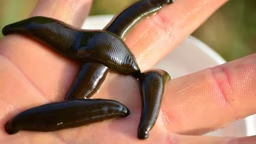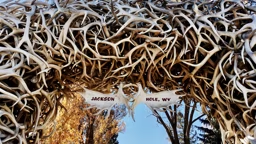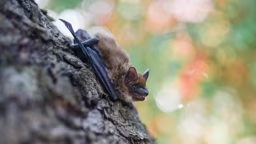Q: Carpenter ants – not a good thing for a log cabin. We’ve had the pest control people in several times, and they seem to have it under control. But we’d like to keep them away from the log feast permanently. Any suggestions?
– Ken Petretti; by e-mail
A: Carpenter ants are definitely not welcome house guests at anyone’s cabin – log or otherwise. But they are busy little workers, excavating “galleries” in moist and decaying wood, where the queen and her brood of larvae and workers hold down the fort while satellite colonies are sent out and established.
The ants aren’t eating your cabin, however, just chewing it to dust as they make their homes. They’ve come in looking for shelter (they like year-round warmth) and food (primarily animal and vegetable matter such as other insects, sweets, grease – all kinds of yummy bug stuff).
Carpenter ants are one of the big boys of the insect world. Workers are usually black, or red and black in color, and they range in size from 3/8 to 1/4 inch in length. Winged ants may be up to l inch long. They range all over the United States, wintering over in extreme climates quite easily.
Keep a sharp eye out for signs of new infestation: Faint rustling sounds in the wall, winged/migrating ants found by windows in the spring, hollow sounding boards and piles of sawdust. The ants prefer moist wood, so look for signs of them along downspouts and roof gutter braces, around the sink and tub, near poorly sealed windows/door frames, or even by the chimney flashing.
You may be right, that your exterminator got them all. But be careful. Your exterminator may have only killed off one of the satellite colonies. The home colony may still be nearby, in a rotting stump or wood pile in the yard, up to 100 yards away. Tracking down and eliminating the home colony is the only way to rid yourself of the ants permanently.
In the meantime, here’s a list of things you can do to control and eliminate carpenter ants:
• Correct any moisture problems that exist around the home, particularly in areas that have drainage or aeration problems, such as leaking roofs, gaps in siding, clogged gutters or faulty plumbing.
• Seal entry points, including up high.
• Trim shrubbery and trees away from the house.
• Replace water-damaged or decayed wood. Wood should not be in contact with soil. This also is important in preventing termite damage.
• Remove stumps and dead trees. A 50-foot cleared perimeter around the house is recommended.
• Store firewood away from the house, preferably off the ground. This minimizes other insect problems associated with firewood. Bring inside only firewood that is about to be burned.
– J.V.S.










